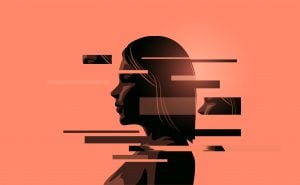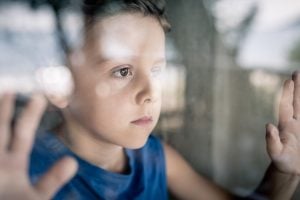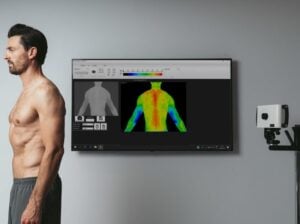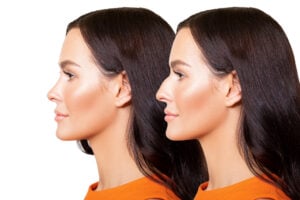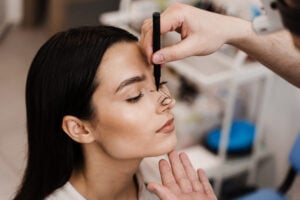Trichotillomania (TTM), also known as ‘trich’ in the UK, is a very under-diagnosed psychiatric disorder, with some sufferers being unaware that it is an impulse control disorder, and others suffering severely from several other comorbid psychiatric conditions.
What is Trichotillomania?
Trichotillomania is a condition whereby people feel a strong urge or who are unable to resist the urge to pull out their hair. This results in noticeable hair loss and is associated with significant impairment at a functional level across the development spectrum.
Most people with TTM will pull the hair on their scalp, but some are known to pull the hair in their beards, moustaches, eyebrows, eyelashes, or body hair. This may include hair from the arms, legs, armpits, or genital area. Some will also eat the hair they have pulled.
Those with trich will typically use their fingers to pull the hair, but they may use tweezers and other tools. The intense desire or urge to pull the hair leads to a build-up of tension until they do so.
Pulling the hair seems to relieve the anxiety the person is experiencing, but it can also increase during periods of relaxing, for instance, while watching TV or reading a book. Many are unaware they are doing it.
It may be caused by hormonal changes, a chemical imbalance in the brain, stress and anxiety or be a type of self-harm to seek relief from emotional distress.
Some people merely twirl their hair or play with it while anxious.
Who is most prone to Trichotillomania?
There are no large scale studies on the condition, but smaller studies show that between 1-3.5% of adolescents and young adults are affected.
They may continue to struggle with these urges, sometimes intermittently, throughout their adult life.
Although it seems to affect young males and females equally during adolescence, females are more likely to report it to their doctors.
There is no reliable data available on how many children are affected.
It is often associated with anxiety and stress and other comorbid psychiatric conditions, such as obsessive-compulsive disorder (OCD), depression, eating disorders, personality disorders or attention deficit hyperactivity disorder (ADHD).
How does Trichotillomania affect function?
The most common consequence of trichotillomania is being left with a few bald patches, sometimes more on one side than the other, and often of uneven shapes or sizes. In some cases, the hair does not grow back, leading to a condition called alopecia.
This may lead to further distress and anxiety, and the thrill of pulling the hair, caressing oneself with the hair and maybe eating it, is quickly replaced by shame and guilt.
It can also lead to attempts to cover up the damage with hats, scarves, and sometimes false eyelashes. Some sufferers will have permanent eyebrows tattooed to cover up the fact that they have pulled their eyebrows so much that they do not regrow.
People who chew their hair or swallow it may suffer dental problems and digestive conditions. The swallowed hair forms a hairball in the stomach (trichobezoar), which can cause nausea, vomiting, stomach pains and even bowel obstruction and anaemia, resulting in the ball having to be surgically removed. This entrapment of hair in the digestive system may be referred to as Rapunzel Syndrome.
More than a third of people with TTM report a low quality of life, and they miss school, work, and other functions due to their condition. They reportedly score lower in tests, show signs of disruptive behaviour disorders and have lower performance levels in social and academic spheres.
Where can I find support and treatment for Trichotillomania?
Consult a Clinical Psychiatrist
Clinical Psychiatrists are the leading authority when it comes to seeking professional medical support for trichotillomania treatment. Their method of diagnosis follows evidence-based criteria and you can rest assured that you are in safe hands. The course of treatment will depend on your individual circumstances but could include entering into behavioural therapy for habit reversal training, cognitive therapy and more.
Here are some leading private practices that you can reach out to across the UK. Many are offering online video consultation services as well, so whether you are sat in the USA or Asia, you can also try reaching out for help:
- The Fitzrovia Psychology Clinic – London
- CAYP Psychology for Children, Adolescents and Young Persons – Manchester
- The Oak Tree Clinic – Birmingham
- The Edinburgh Practice – Edinburgh
Specialist Online Therapy
Trichstop is an online therapy service for trichotillomania. It is based on cognitive behavioural therapy – an evidence-based method to treat hair pulling. Trichstop combines psycho-educational content with therapist support and provides personalized treatment to each individual. 85% of their patients’ experience reduction in hair-pulling symptoms after three weeks and symptoms reduce by more than half for over 50% of patients after two months with the program.
Join a Support Group
You can also join a support group such as Trichotillomania Support, who offer support to patients worldwide, no matter where you are based. The group is non-profit and provides a range of services, from free tips and support to hypnotherapy recordings, fiddle aids and jewellery solutions.
GP Referral
You may also see your GP or Family Medicine doctor for evaluation and referral to a specialist. Many countries in Europe offer government-backed programs for talk therapy and hair replacement treatment.
Self-Care
There are some great resources available online, such as the Trichotillomania Blogger, who offers trich products and free printable timetables to help you get into a self-care routine. You can replace your habit with stress balls, for example, and reward yourself for every day you do not pull hair.


